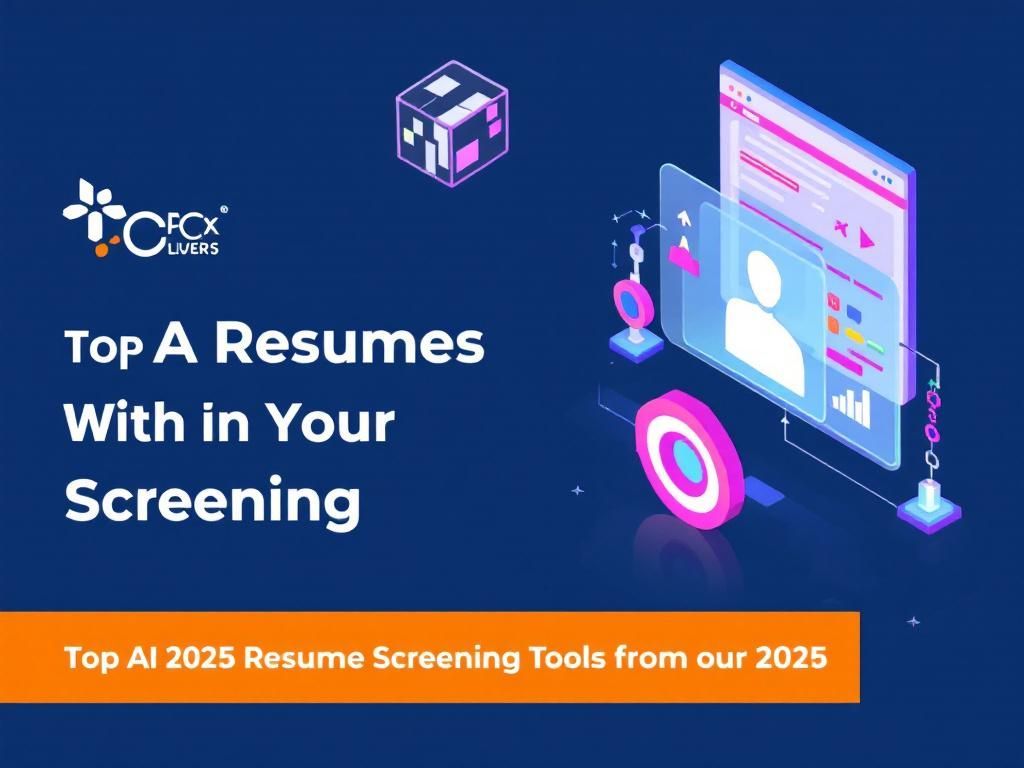In today’s rapidly evolving workforce, organizations are increasingly turning to artificial intelligence (AI) to streamline their HR processes, particularly in onboarding new hires. The integration of AI tools in onboarding not only enhances efficiency but also improves the overall experience for both HR professionals and new employees. This article explores the most effective AI tools available for HR onboarding, delving into their features, benefits, and how they can transform the onboarding experience.
Understanding the Importance of Effective Onboarding
Onboarding is a critical process that sets the tone for an employee’s experience within the organization. Effective onboarding can lead to:
- Increased employee retention
- Higher productivity levels
- Improved job satisfaction
- Stronger company culture
Conversely, poor onboarding can result in disengagement and high turnover rates. Therefore, utilizing AI tools to enhance this process can be a game-changer.
Key AI Tools for HR Onboarding
There are numerous AI tools designed to assist HR departments in onboarding new employees. Here are some of the most noteworthy:
1. Chatbots
AI-powered chatbots can significantly improve the onboarding experience by providing real-time assistance to new hires. They can answer common questions, guide employees through the onboarding process, and ensure they have access to necessary resources.
| Tool | Features | Benefits |
|---|---|---|
| Jobpal | 24/7 availability, FAQ handling | Reduces time spent on answering routine queries |
| Mya | Interactive conversations, integration with ATS | Seamless information flow |
2. Learning Management Systems (LMS)
AI-driven LMS platforms provide personalized training modules that adapt to individual learning styles and paces. This customization is essential for engaging new hires and helping them assimilate quickly into their roles.
- Key Features:
- Adaptive learning paths
- Performance tracking
- Interactive assessments
3. Document Management Systems
Managing paperwork can be a cumbersome process during onboarding. AI document management systems automate the collection, storage, and retrieval of documents, making it easier for HR teams to keep track of important information.
- Example Tools:
- DocuSign
- Adobe Sign
Enhancing Communication and Engagement
Effective communication is crucial during the onboarding process. AI tools can facilitate better engagement between HR and new hires.
4. Virtual Assistants
Virtual assistants like Google Assistant or specific HR-focused tools can schedule meetings, send reminders, and even conduct preliminary interviews. This automation allows HR professionals to focus on more strategic tasks.
5. Employee Engagement Platforms
AI-powered employee engagement tools can gather feedback from new hires, analyzing their sentiments during the onboarding phase. This information is invaluable in refining the onboarding process for future employees.
Measuring Onboarding Success
To understand the effectiveness of onboarding processes, organizations must track various metrics. AI tools can assist in data collection and analysis.
6. Analytics Tools
AI analytics platforms can evaluate the onboarding experience by analyzing data from various sources, such as surveys and performance metrics. This can include:
- Time to productivity
- Employee retention rates
- Engagement levels
Integrating AI Tools into Your Onboarding Process
Implementing AI tools into your onboarding process can be straightforward if approached correctly. Here are some strategies:
Step 1: Assess Your Needs
Determine which aspects of your onboarding process require improvement and identify the areas where AI tools can provide the most significant impact.
Step 2: Choose the Right Tools
Select tools that align with your identified needs and ensure they can integrate with your existing HR software.
Step 3: Train Your Team
Provide training for your HR team on how to use the new AI tools effectively. This investment ensures that they can leverage the tools to their full potential.
Step 4: Monitor and Adjust
After implementation, continuously monitor the onboarding process and gather feedback to make necessary adjustments. AI tools can help track these changes effectively.
Conclusion
The integration of AI tools into HR onboarding processes represents a significant advancement in how organizations manage their talent acquisition. By leveraging chatbots, LMS platforms, and analytics tools, organizations can create a more efficient and engaging onboarding experience that not only improves employee satisfaction but also enhances overall productivity. As the workforce continues to evolve, staying ahead of the curve with innovative technology will be essential for HR professionals seeking to attract and retain top talent.
FAQ
What are the best AI tools for HR onboarding?
Some of the top AI tools for HR onboarding include chatbots for answering FAQs, automated document management systems, and onboarding platforms like BambooHR and Workday.
How can AI improve the onboarding process?
AI can streamline the onboarding process by automating repetitive tasks, personalizing the onboarding experience, and providing real-time support through chatbots.
What features should I look for in AI onboarding tools?
Look for features such as automated workflows, integration with existing HR systems, analytics for tracking onboarding success, and user-friendly interfaces.
Are AI tools for onboarding suitable for small businesses?
Yes, many AI onboarding tools are designed to be scalable and affordable, making them suitable for small businesses looking to enhance their onboarding process.
Can AI help with remote onboarding?
Absolutely! AI tools can facilitate remote onboarding by providing virtual training sessions, digital document signing, and continuous support through interactive platforms.
How do I choose the right AI onboarding tool for my company?
Consider factors such as your company’s size, specific onboarding needs, budget, and the level of support provided by the tool when choosing the right AI onboarding solution.




